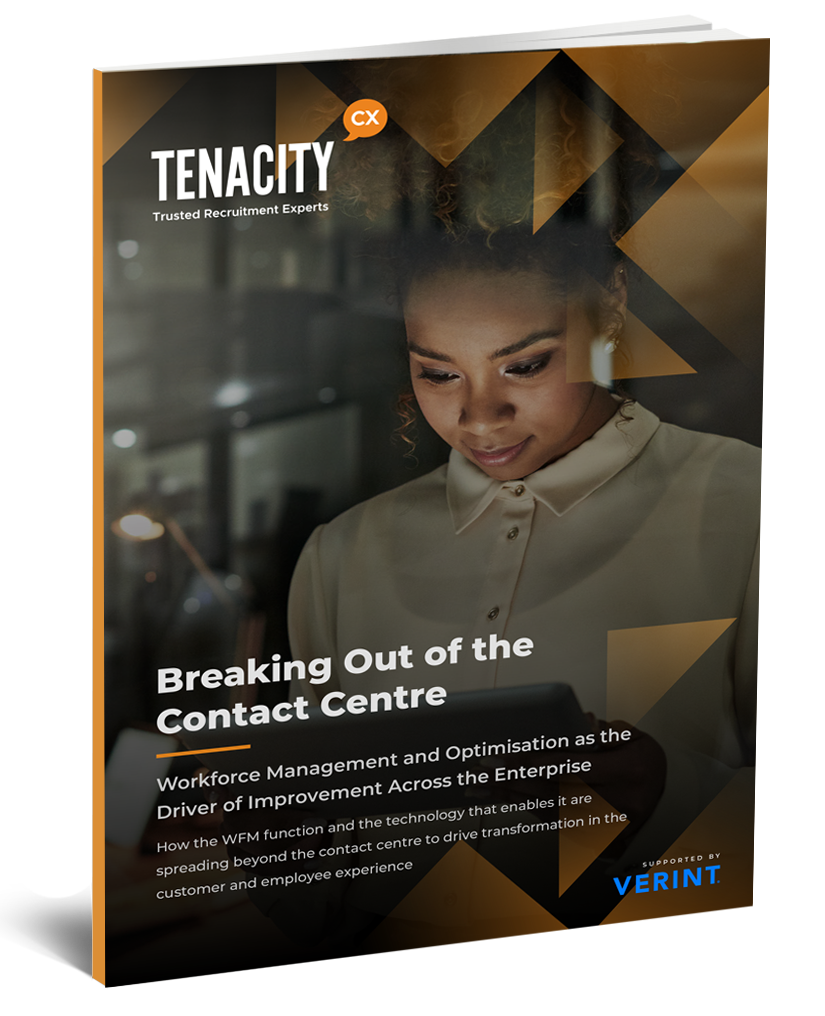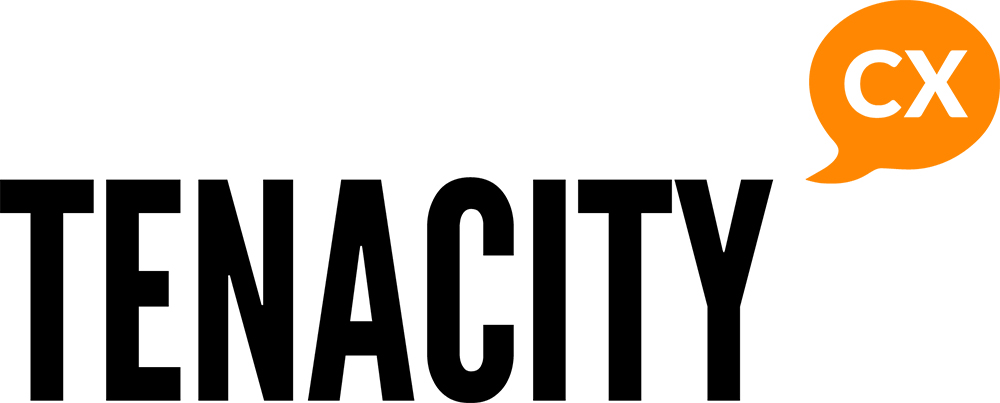The WFM function and the technology that enables it are spreading beyond the contact centre to drive transformation in the customer and employee experience.
Without recapping everything that has happened since early 2020, let’s just say it’s been an unusual couple of years. What’s important for us to understand are the new pressures that businesses and other organisations are having to adapt to as a result. Here are the factors driving that change.
Three Transformation Drivers
There have been three major changes to the land- scape in which most businesses operate, these being:
Customers: They’re more picky, more disloyal and more demanding as they have more choice than ever. They’ve also gone digital and want to do business with you on their terms.
Staff: Employees too have more choice than ever as unemployment has been at record lows. They also demand more flexibility – including remote work- ing – and prioritise their personal well-being and development more than before.
Economy: We’re experiencing a downturn in demand and growth, with high inflation, high inter- est rates and low unemployment – a bizarre form of stagflation we haven’t really seen before.
To meet these three major challenges, businesses need to improve customer satisfaction, improve employee engagement, and maximise efficiency across the enterprise to achieve more with current or reduced capacity.
As employees are the major cost for most businesses, and the lead driver of outcomes, ensuring that the resources deployed are optimised to meet demand in the most efficient and productive way is mission critical.
Organisations that operate contact centres already have an important tool in their arsenal to do this: Workforce Management (WFM) and Workforce Optimisation (WFO). To meet the challenges they are facing today, the princi- ples behind WFM/WFO need to permeate the entire organisation rather than remain siloed in the contact centre.
"WFM is no longer a support function, it's a strategic tool that drives business decisions. From managing budgets to optimising workforce capabilities in a rapidly changing environment, WFM is central to our operational and strategic planning. It's about making informed decisions on staffing, investments, and resource allocation, ensuring that every aspect of our operations is optimised for efficiency and effectiveness."
Head of Service Enablement, Global Insurer
Defining Modern WFM/WFO
Let’s start with an astonishing statistic: 67% of contact centres are still using spreadsheets and whiteboards for WFM. Less than 40% use hosted or on premise WFM software.
They are tasked with collating and analysing vast amounts of data to support informed staffing and investment decisions. This marks a significant transformation in how businesses perceive and utilise WFM – not just as a routine function but as a strategic opportunity, essential for adapting to change and optimising operations.
Aligning the Workforce with Business Goals
Effective WFM starts with an understanding of your organisation’s direction. Where is the organisation headed in the next 5 to 10 years? What new markets, products, or initiatives are planned? The WFM strategy must complement and support these ambitions.
This alignment of workforce strategy with business strat- egy should shape every decision. Hiring, training, sched- uling, compensation – all should ladder up to the organi- sation’s overarching objectives. Adopting this view, incidentally, transforms WFM from a cost centre into a value creator and differentiator.
At its core, WFM is forecasting demand, scheduling staff to meet that demand, and intra- day management of the workforce to handle fluctuations and variations. It’s about matching resources to demand as efficiently as possible.
In a modern contact centre of any significant size, where you’re dealing with multiple channels and queues, applying the principles of WFM to optimise your operation is really the baseline requirement.
As we will see in this white paper, however, the most advanced practitioners are moving beyond the contact centre and the three basic functions of WFM and applying the same principles across their organisation.
"In the last decade, the role of WFM has significantly evolved to become a strategic partner in defining budget risks and operational efficiency. We've moved from a traditional top-down budget setting to a more collaborative approach, working closely with finance and operations to model risks and project outcomes. This shift has allowed us to align our workforce strategies more effectively with the broader business objec- tives."
Head of Workforce Planning, Major Airline
Four Expanded Purposes of WFM
WFM / WFO now has four main purposes:
Allocating Resources Efficiently: This is the tradi- tional role forecasting and scheduling role of WFM, except now it must be done not just in the contact centre but across other business functions as they need to be efficient too.
Enhancing Customer Experience: Without answering the challenge posed by the transforma- tion of customer behaviour, a business might as well not exist. That’s why allocating resources effec- tively is not just a measure of cost efficiency, it also needs to translate into competitive advantage which comes from consistently satisfying customers.
Optimising Employee Engagement and Satisfaction: Just as a business needs customers, it also relies on its employees to thrive. The discipline of Workforce Engagement Management (WEM) is critical given the increasing demands of employees, particularly in today’s job market. The modern WFM function has evolved to treat each employee as an individual, bridging the gap between traditional WFM and WEM.
Creating the Efficient Enterprise: In this economy all businesses have to make tough decisions. Those that survive make the right ones. You have more chance of making better decisions if they are informed by data and models which predict outcomes. WFM is becoming the strategically important function that gives executives that crystal ball.
To read more about how the WFM function and the technology that enables it are spreading beyond the contact centre to drive transformation in the customer and employee experience, download our recent white paper.
White Paper
Breaking Out of the Contact Centre


